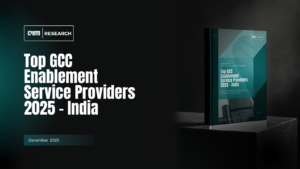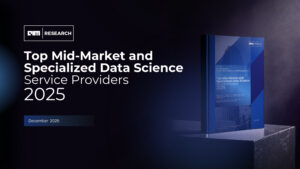

The report aims to explore what is Zero ETL and how organizations can utilize the Zero ETL framework to manage their data pipelines.
The era of data-driven decision-making has underscored the critical importance of efficient and effective data management. At the heart of this practice lies the concept of Extract, Transform, and Load (ETL), which has been the conventional method for consolidating data from multiple sources and providing a unified view of the information.
In traditional ETL processes, data is Extracted from disparate source systems, Transformed into a consistent format suitable for analysis and reporting, and Loaded into a central data warehouse or data mart. This process is typically executed in batches and can be manually intensive, requiring a significant amount of time and resources. The process also inhibits flexibility, making it harder to adapt to changes in business requirements or data structures.
These challenges have led to the exploration of new data management paradigms, one of which is Zero ETL. Unlike traditional ETL, where data is extracted, transformed, and loaded into a data warehouse or database, Zero ETL allows for the querying and analysis of data in its native format and location. This way, Zero ETL enables direct analysis on source data, thereby reducing the time, cost, and complexity associated with data preparation.
While Zero ETL has many benefits, it’s not always the best solution for every scenario. Therefore, a hybrid approach that combines elements of traditional ETL and Zero ETL may become more common. For instance, an organization might use Zero ETL for real-time analytics on operational data but still use traditional ETL for loading historical data into a data warehouse for long-term trend analysis.

$499.00





